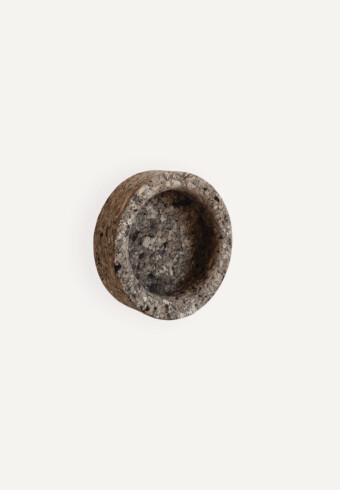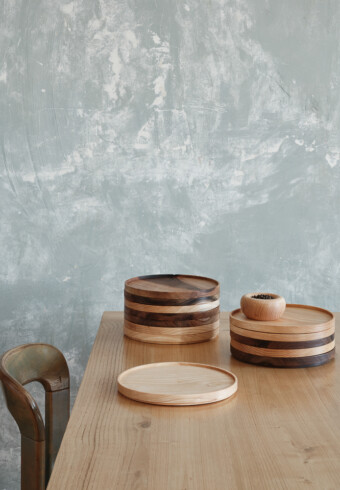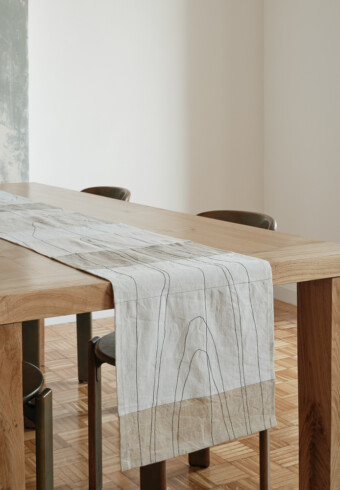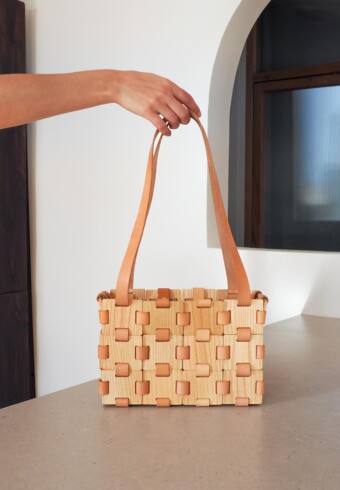
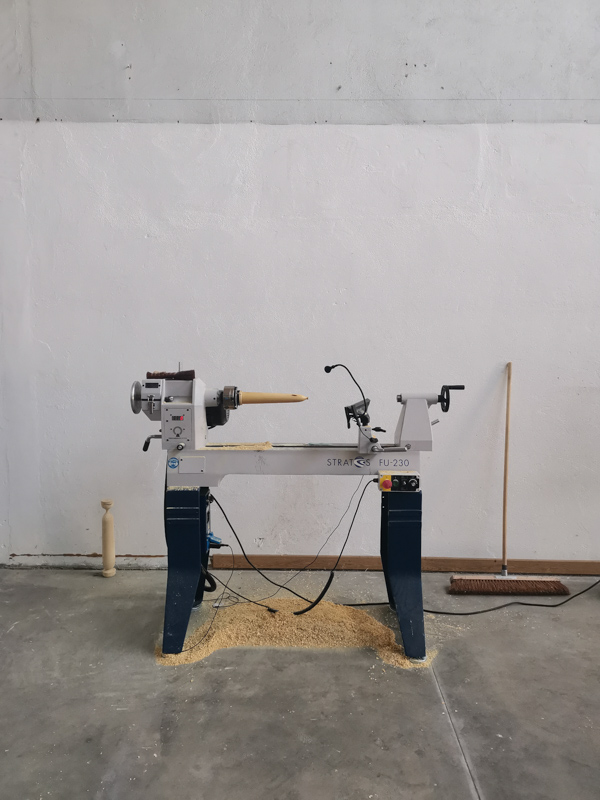
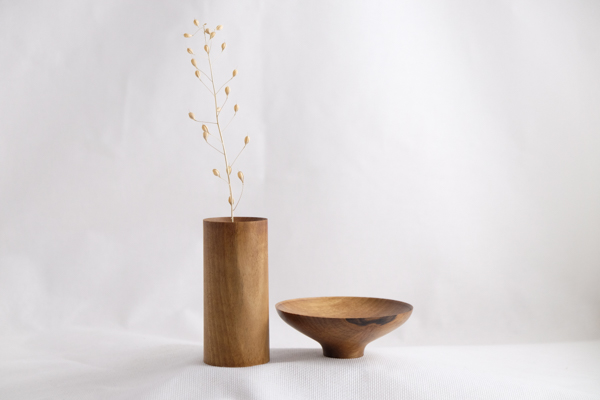
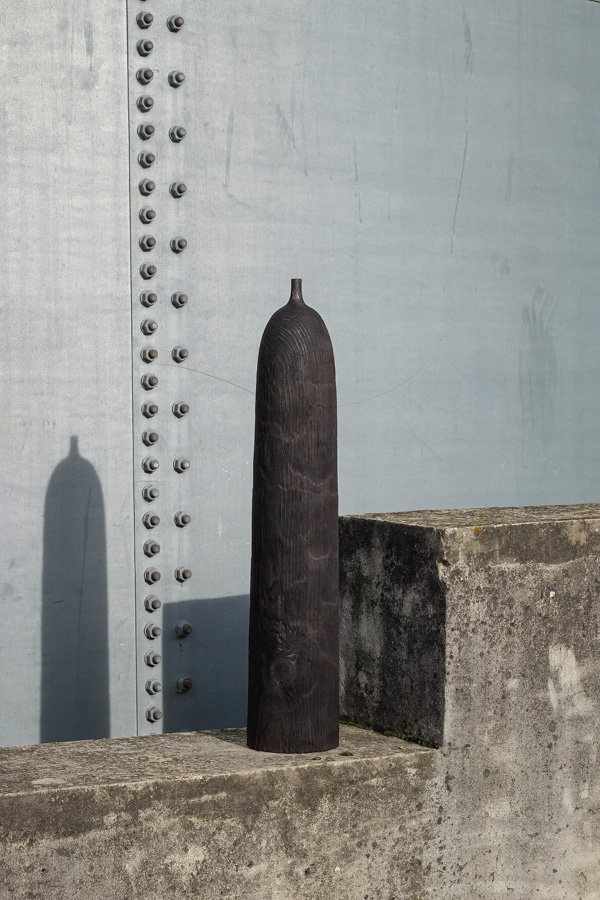
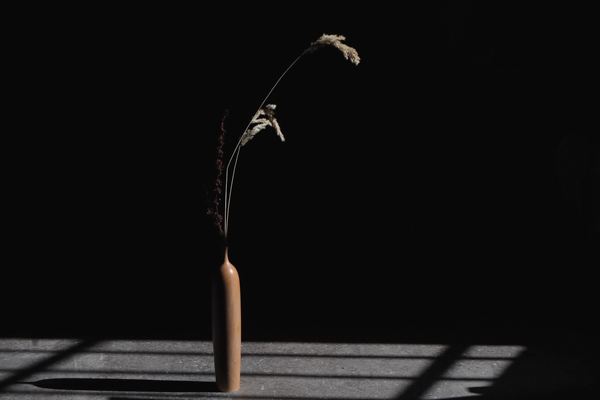
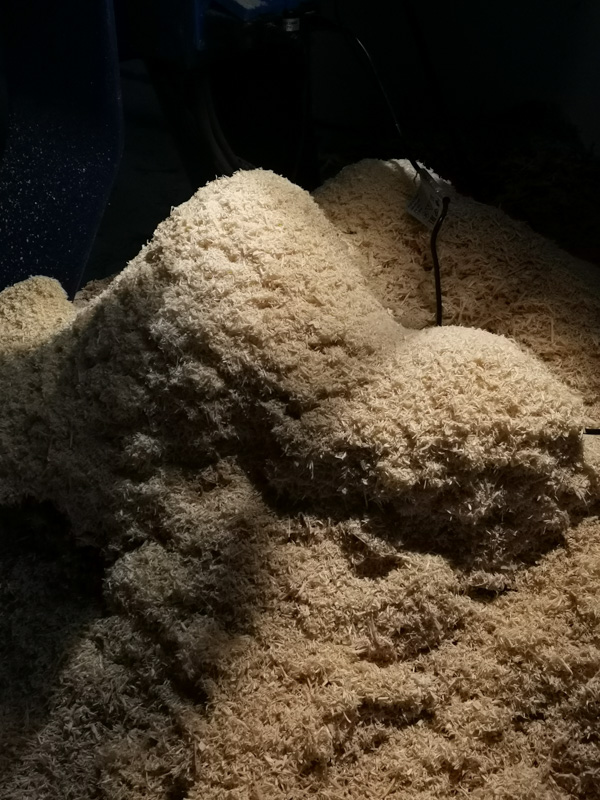
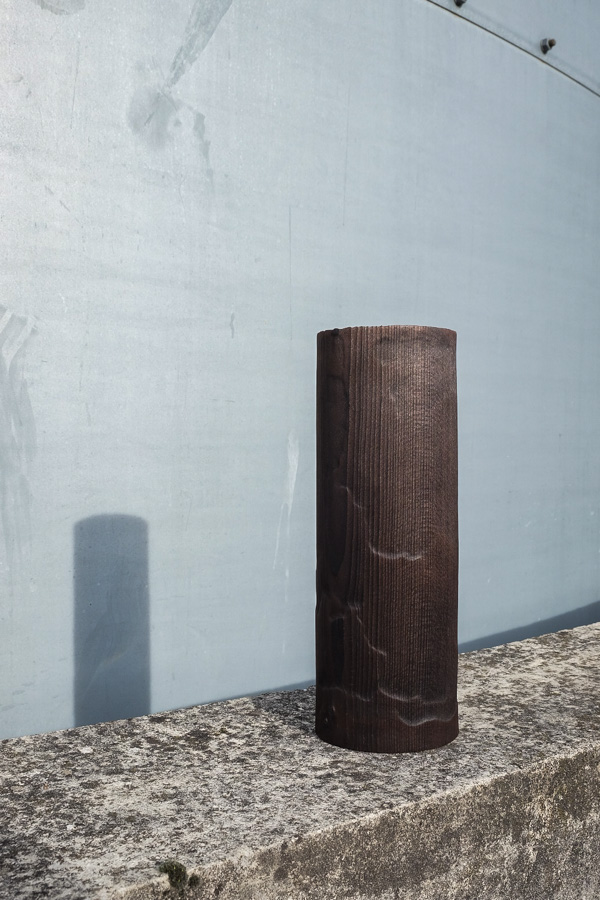
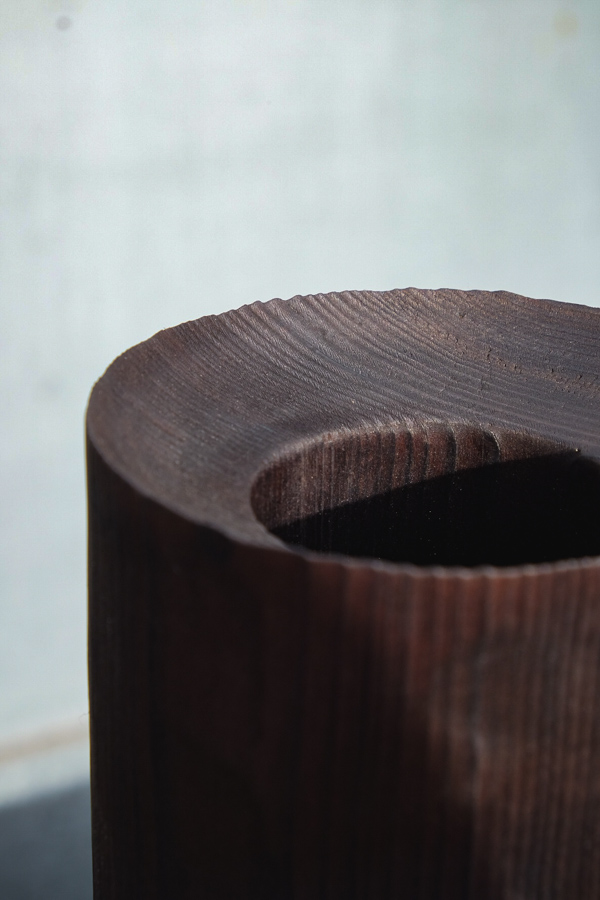
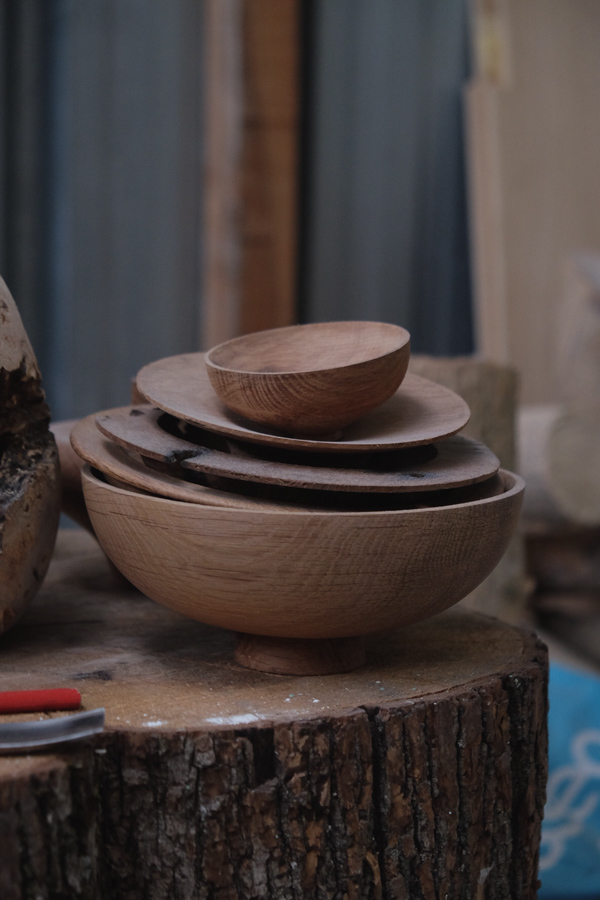
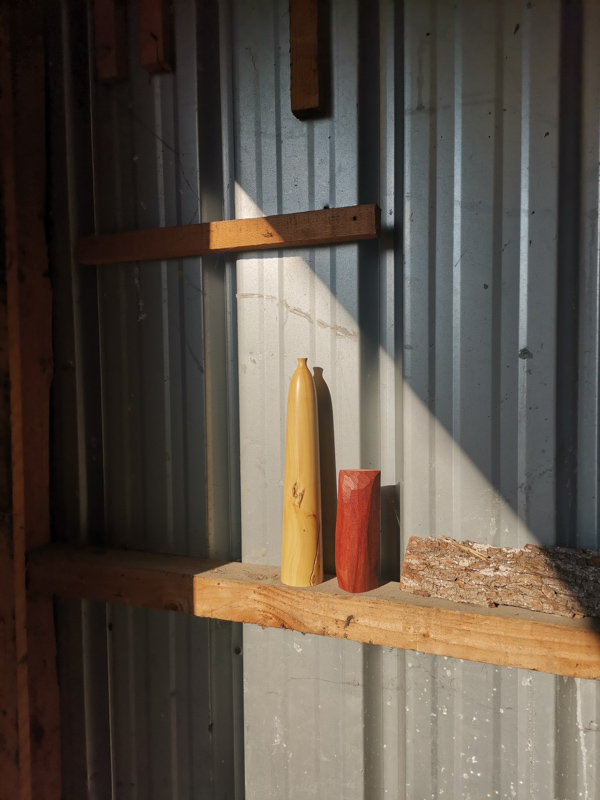
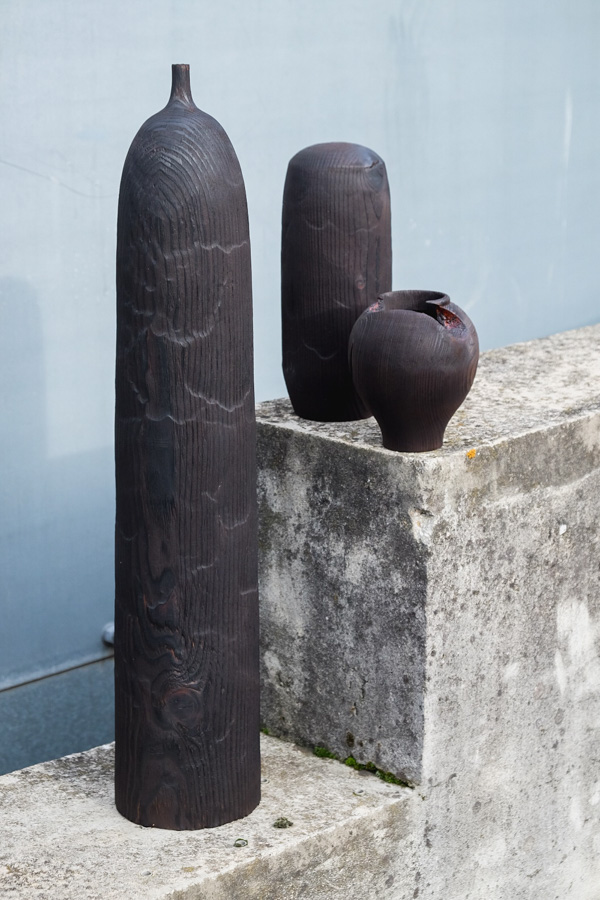
Pierre-Emmanuel Decareaux

Fascinated by pure lines and sober curves, Pierre-Emmanuel mixes traditional and modern techniques. His pieces are at the crossroads of object and sculpture, the intelligence of which in wood itself directs each of their forms. One of his goals? Give a second life to the fall of wood, enhance the existing. Inspiring exchange.
What is your background?
I did not know until late what really appealed to me. I first did a Bac Pro and a BEP Métallerie Chaudronnerie. I really liked the approach to the material and the manual work, but it didn't quite meet my expectations. I also worked as a production line pilot, but the tasks were far too standardized and repetitive. The wood was like a kind of intuition. I started to take an interest in forests, in people like Francis Hallé. I learned about the material, the wood industry, and I wanted to make things happen on my scale. The wood lathe was a revelation for me.
How do you choose the types of wood you work with?
I don't necessarily choose them, they are the ones who choose me. The wood that is sold in sawmills is mainly used for carpentry because it is quite "perfect". As a turner, I love wood that grew the way he wanted. In principle, this creates nice surprises. I collect a lot of wood through the Bon Coin, thanks to people who want to get rid of felled trees. I also approached the services of the city of Reims responsible for felling and pruning to be able to recover in particular cypress or red beech. It also allows me to work on essences that I may never have had the opportunity to shoot.
Is there one that you prefer to work?
I really like walnut, for its texture, its color, its smell. It is a wood which remains dense while being very fine in the rendering. I manage to have a rendering that I like a lot. But obviously each wood is different and offers its own qualities. I would also like to try my hand at fruit trees, whose wood is quite deconstructed and could inspire me for future pieces.
What is your creative process?
I hardly ever draw, except for sculpture. I start by putting my piece in the round and I start to create once I have taken into consideration the roughness of the wood, certain knots, oxidations, which I want to keep. I have been shooting for 1 year, and I have already seen my practice evolve. Completely self-taught, I started to get interested, watching videos - I highly recommend those of Marc Dubuc on YouTube - and to learn more about tools: how to handle the different tools, sharpening angles, etc.
You were once talking about the smell of a piece of cherry wood that marked you. Wood awakens most of our senses, here smell. Is this something that marks you over and over again?
Totally. I love the smell of wood, it is part of a whole, it awakens all the senses. Discovering the smell of wood that I have never turned is an incredible sensation. In addition to discovering its grain, its resistance, you discover something that will mark you for many years.
How do you characterize your pieces?
From the start, I wanted to create vases because they are pieces that evoke finesse for me. I am constantly on the lookout for subtle and perfect curves. For example, I can start on a piece that is 100mm in diameter and ends around 50mm. This search for perfection, I apply it throughout my practice. I am also strongly inspired and influenced by Japanese craftsmanship, which echoes the times. I like living pieces, those which bear witness to time, which are patinated. I like to let my pieces age, wear them out, and watch them evolve.
What is your vision of French craftsmanship? And how do you see it evolving?
I think crafts are of interest to people who are already sensitive to crafts. It is obvious that there is a new revival for the craft industry, in particular thanks to the craze around ceramics. In my opinion, while respecting the craftsmen of the older generation, today we have to live with a society that has evolved. We are in a society that tends to become more responsible, where we are looking for as much transparency as possible. Through my finishes, I also try to work as much as possible with walnut oil, linseed oil or beeswax, to get away from chemicals as much as possible.
Can you tell us about the pieces presented for the OROS market ?
Of course ! Concerning the oak vase, we are completely in search of curves, I wanted to create the illusion of the material, as if someone had come to press on it. I also wanted to keep the stains of oxidation that I found during the shooting. For the small walnut vase, I focused on this knot, which I absolutely wanted to keep, so I didn't have a particular shape in mind. The plate was fashioned from oak taken from an old framework in the Epernay region. The black spots that appear on the oak are due to the nails and large screws present in the wood for decades. Under the effect of the ambient humidity and the tannins of the oak, the small parts rusted and diffused metallic particles to the wood, giving the part this patina effect.
What’s your plans for the future ?
Keep turning the wood over and over again. I would like to design slightly more substantial pieces, and why not try my hand at sculpture in raw wood, creating furniture for example. But also to try new finishes and shapes.
Find a selection of her pieces on our Online Store, Creators tab.










- Location: Reims, France
- Website: https://www.atelieraÿa.com
Share
